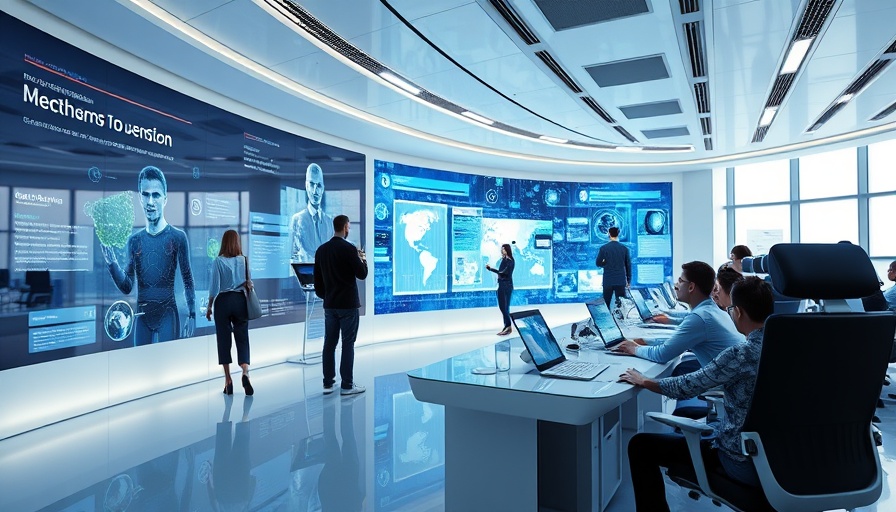
Is Remote Work a Sustainable Future?
In a world transformed by the pandemic, remote work emerged as both a necessity and a preferred option for many employees. However, recent trends reveal a shift as major corporations like Amazon and JPMorgan Chase push for a return to in-office work. This brings up critical questions about the sustainability of remote work models in the long run.
The Benefits of Remote Work
The rise of remote work has brought several advantages, driving companies to adapt to more flexible work arrangements. Employees have experienced decreased overhead costs, improved work-life balance, and broader access to talent without geographic limitations. Furthermore, remote work has a positive environmental impact with fewer daily commutes. Productivity can soar in remote environments for those who thrive there, making it an attractive option for many sectors.
The Case for Returning to the Office
Despite its benefits, many companies are also noticing drawbacks that lead them toward reinstating in-person work. Among these are diminished collaboration and teamwork, which are often harder to facilitate in a remote setting. Although virtual communication tools like Zoom have become the norm, they cannot replace face-to-face interactions completely. Companies are recognizing that stronger team dynamics and heightened creativity often emerge from in-person engagement.
Employee Sentiment: A Surprising Shift
Interestingly, surveys have shown that some employees express a desire to return to the office. This indicates a potential shift away from the perception that everyone prefers remote work. Engaging directly with teams fosters a sense of community and belonging that many miss in virtual settings. Employers must pay attention to this sentiment, as it suggests that a hybrid model may be the most balanced approach.
Looking Ahead: Finding Balance
As companies weigh the pros and cons of remote versus in-office work, the future of work might not lean completely towards one side. A strategic hybrid model, offering flexibility while maintaining essential in-person collaboration, could provide a compromise that satisfies both company objectives and employee preferences.
In this evolving landscape, executives and entrepreneurs must remain adaptable, understanding that the dynamics of work continue to change. Keeping an open dialogue with employees about their preferences will be pivotal in navigating the future of work.
 Add Row
Add Row  Add
Add 




Write A Comment